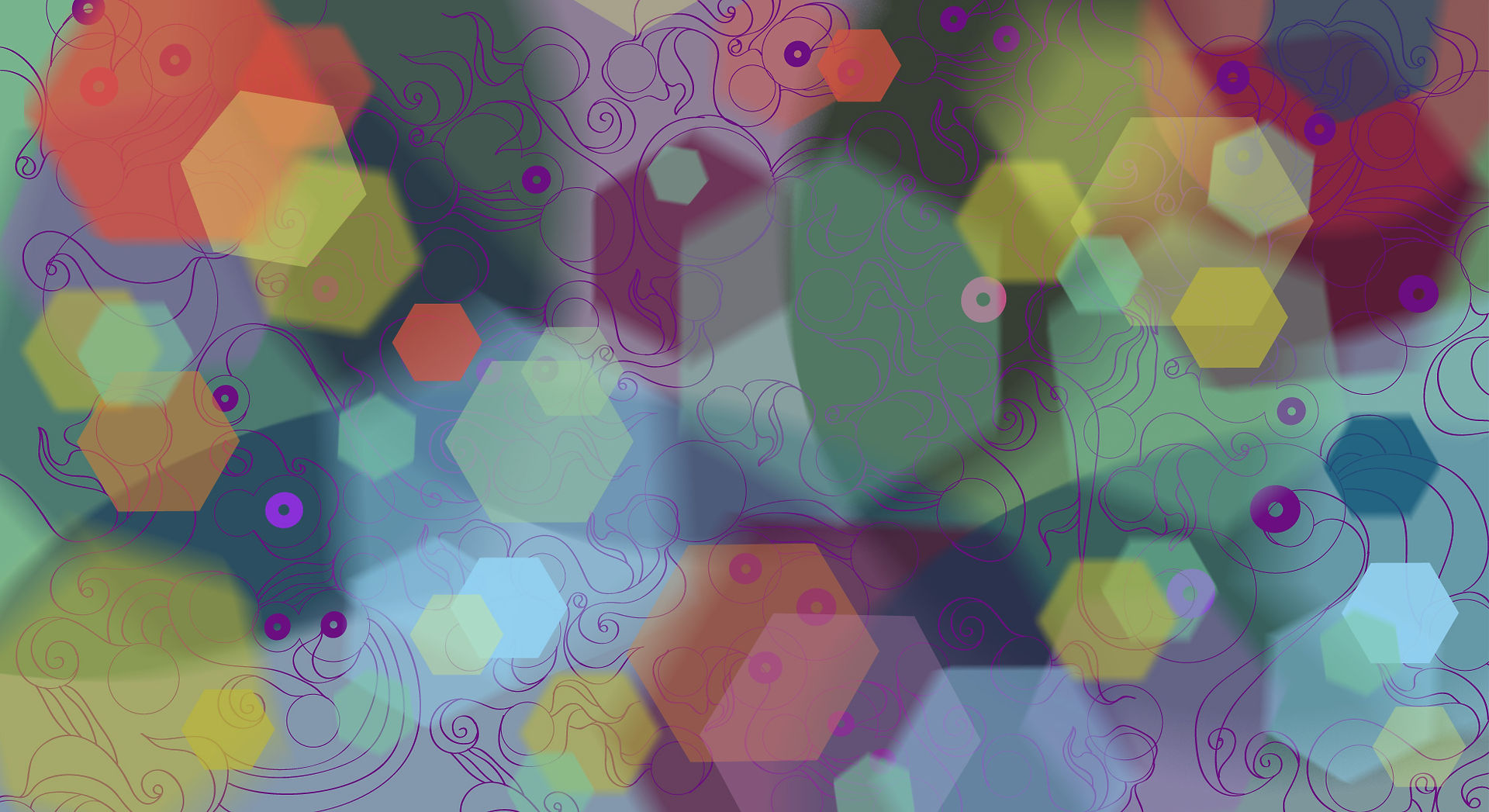Walker 2004 Reflective Practice
- Grace Collins

- Sep 24, 2017
- 3 min read
"Schon's comments mirror my own concerns that art educators and art teachers frequently lack sufficient and tangible understandings of the processes that distinguish art making activity." I don't know whether to feel insulted or not by this opening line, so we're off to a good start...
"What is it that artists do when they create artworks? and, in particular, how do artists pursue meaning?" I think that that the questions of study were very intriguing and had me think back to when I've interacted with artists from other schools and they made me pause to think about my own art practice. I remember seeing works of students from other schools n my district that made something just to make something that they liked. There was no prompt, and there didn't seem to be any project requirements. The student didn't seem to be pushed at all to think about their work, nor were they pushed from a technical standpoint. Then there were other students that I encountered who were highly intellectual in their work and were quite skilled. Then in my own schools, we were pushed technically, and injecting meaning tended to be an after thought, or it was done subconsciously. Now as a senior in college, I have had my classmates describe my work as highly conceptual, and I would have to agree. I put an immense amount of thought into my work to create meaning.
I think that it is interesting that the study is focusing on the making processes of professional artists and using that in the classroom. While I think that it is important to look at contemporary art practices of certain artists, I also think that there is a very fine line with that practice because you need to make it clear that there is no one right way to make meaning, or there is no right meaning to make. So I feel like the teachers who use this practice need to be highly aware of what they want the students to learn from lessons based on existing artists' practices as well as how they phrase the delivery of such lessons.
The study asked the university students to make art based on a concept and the responses were primarily that the use of a big idea to create meaning in the work transported their work to another realm and it helped them realize that they have a voice as an artist.
The more I I think about the article, the more I realized that this idea of creating conceptual art that has meaning is what I was missing in my art education classes growing up and is part of the reason why I felt so lost in my art when I came to college. The professors didn't give as strict of technical prompts, so there was a lot more leeway in terms of what we could do and I was struggling to find out who I was as an artist (ironically, this was brought about by the "Myself As Maker" project in A ED 211). I think it took me a solid year or so for me to really figure out my artistic voice, and even now I have periods when I doubt my voice and have to reflect on what I do.
I don't want to be a teacher that thinks of meaning as an after thought, I want my students to discover their voices early on and to gain confidence in their making because of that. The technique will come with time and can be taught rather easily, but teaching students to think about what they want to release into the world is the most important skill we as educators can teach our students, and that takes time and a lot of effort.


Comments